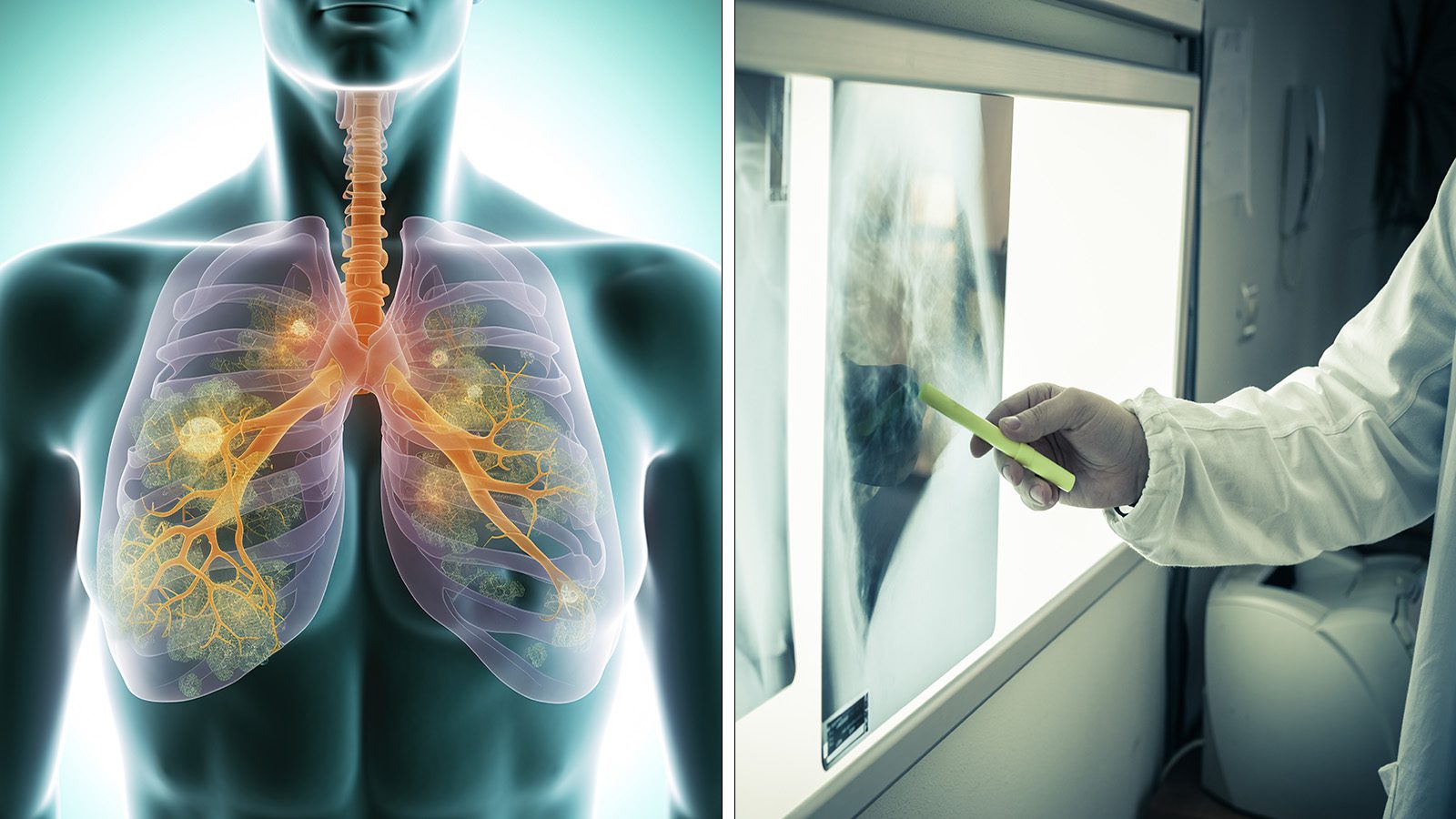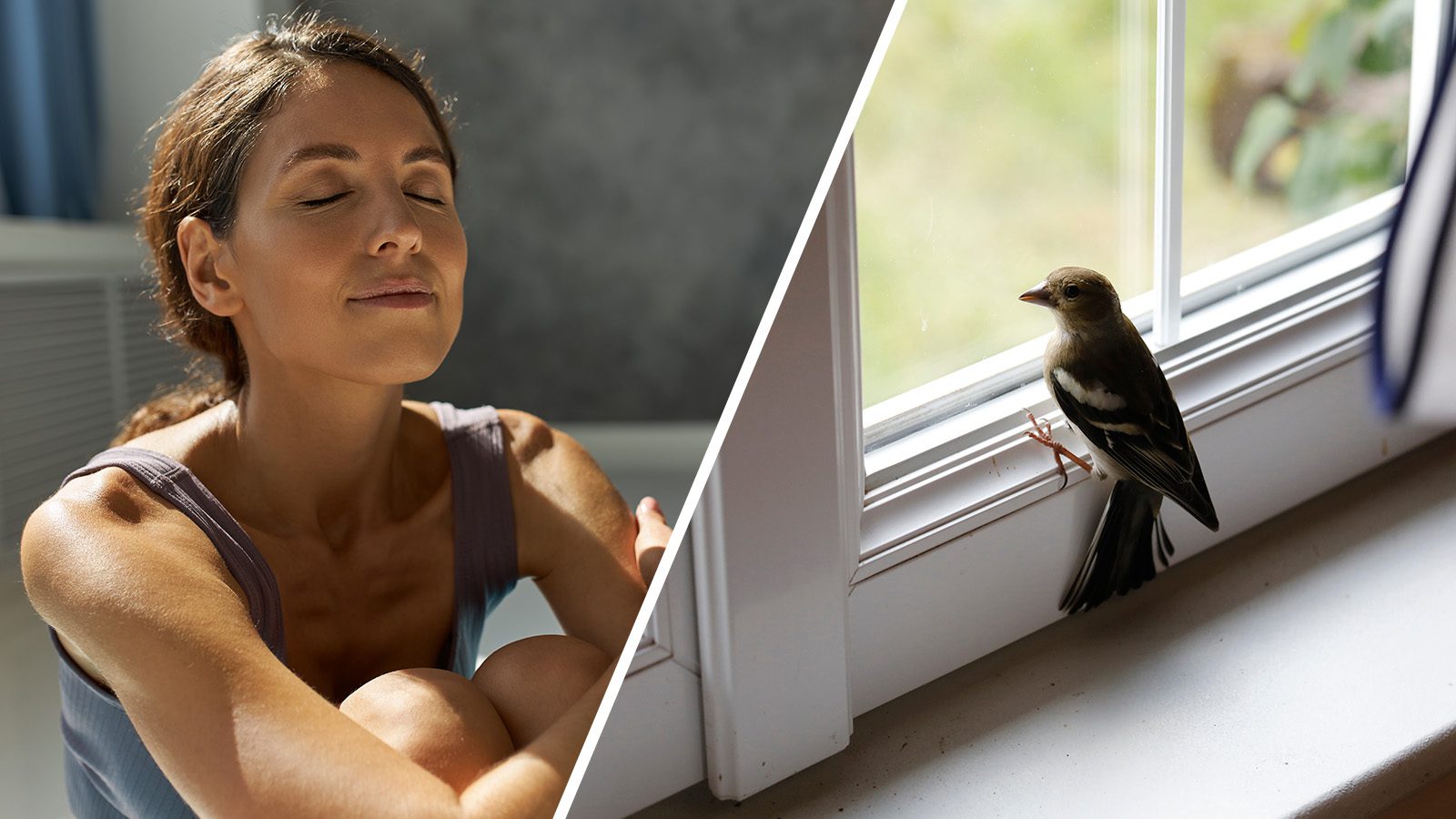Hairballs are the dread of cat parents. It’s repulsive to have your cat cough up a giant hasty hairball at your feet. Cat hairballs may feel like the gift that keeps on giving, but you can do something to stop them or at least eliminate most of them. Here are ten at-home hairball fixes you can try today.
First, if you have any questions about whether your pet has a hairball or another condition, seek a vet’s advice. However, if you are confident of the condition, feel free to try these things.
Why do cats get hairballs?
Unlike dogs, cats are self groomers. They lick themselves to stay clean. Their rough tongue gets rid of debris, dirt, and any loose hair on their coat. While grooming, they swallow some of their hair, which gets passed through their digestive system. They excrete most of this hair, but some hair gets left in their approach, causing hairballs to form.
One study found although most vets and cat owners feel that a cat’s habit of vomiting hairballs is usual for them, researchers think there are often other things that contribute to this problem. They suggest that when a short-haired cat frequently coughs up hairballs, it’s a sign of an underlying disease causing the cat to ingest more hair, or it’s a sign that the cat has a gastrointestinal problem.
Other causes of frequent hairball vomiting include:
- Flea infestation
- A skin disease that causes scratching
- Diet allergies or intolerance
- A bacterial infection on their skin that’s causing scratching
It would be best if you watched other symptoms that could indicate your cat has health issues that are causing the frequent vomiting of hairballs. If your cat shows these signs, you should take your cat to the vet for a check-up.
Watch for these signs of a hairball:
- Constipation: this could be due to dehydration, but if your cat is drinking and eating but still is constipated, this could mean they have a blockage in their intestines.
- Lots of hair in your cat’s stools: Loose amounts of hair could be an indication your pet is sick.
- No appetite: Refusal to eat isn’t typical for cats. Try different foods, but call your vet if your cat refuses to eat more than a day or two. Lethargy: If your cat doesn’t want to play or cuddle, this could be a sign your pet is sick.
- Increase in hairballs: If your cat is vomiting up numerous hairballs, this is a bad sign
- Overgrooming: If your cat is obsessively grooming, this could be a sign of skin disease.
Hairball fixes for your cat
All cats get hairballs. You can significantly reduce the number of hairballs for your cat with some simple fixes. Here’s the list of what works best to limit those nasty little hairball gifts your cat gives you.
1 – Brushing
When you brush your cat’s hair, you remove dead fur, dander, and dust from their coat. This will diminish the amount of hair your cat swallows while they’re self-grooming. Make your cat is relaxed before you brush. Make brushing a cuddling time with ear and tummy scratches. Try giving your cat little treats as you brush to help your cat stick around long enough to brush its entire coat. Never force your cat to stay the whole time of brushing. Even if you get just part of their coat brushed, you can finish the rest the next day. Make brushing a daily event, especially if you have a long-haired cat. This will significantly reduce hairballs for your furry friend.
2 – Healthy diet
Like humans, cats need a wholesome diet to stay healthy. Your cat’s diet should include these six major groups of nutrients for the best health. These include the following components:
- Protein
- Minerals
- Vitamins
- Fats and oils
- Carbohydrates
- Water
If you buy cat food, read the label to look for these six groups. Or you can create your cat’s meals using safe to eat human foods.
Avoid giving your cat too much food since cats are prone to overeating. If your cat is getting all the nutrients he or she needs in its diet. They will be less inclined to losing lots of hair, which can lead to hairball build-up. Plus, maintaining a healthy diet helps their digestive system work well to rid their body of hairballs quickly and efficiently.
3 – Several small meals
Feeding your cat smaller meals more often is better for them than providing one large amount of food. The smaller meals help your cat’s digestive system work more efficiently to eliminate the hairballs easier.
4 – Control parasites
When cats suffer from fleas or ticks, they instinctively want to get rid of them. They will over-groom to try to do that, which causes them to ingest more fur than usual. This causes hairballs to develop. Keep your pet free of fleas and ticks with natural ingredients.
Keep a fine-tooth flea comb on hand. Check for fleas and ticks regularly to detect infestations. This habit will help you find the bugs early for quick treatment.
5 – Wipes and shampoos
After you brush your cat’s fur, try wiping down her coat with a hypoallergenic wipe to remove more loose hair. There are also specially made shampoos that help control hair loss you can use on your cat. Grooming is vital if your cat is long-haired since these cats are prone to more hairballs.
6 – Butter
Say what? It’s true. A half teaspoon of butter a day for a week will expel those nasty hairballs in no time flat. The butter is a fat that helps push the built-up fur through your pet’s digestive system, so they get naturally excrete. Butter helps your cat’s gallbladder contract and empty. It’s a mild laxative, so don’t overdo it, or your cat will get diarrhea. Use this method once a month or less if it’s causing diarrhea.
7 – Sardine treat
Another proven hairball fix is feeding your furry friend a can of sea sardines once a month. Sardines are oily fish that will help keep your cat’s digestive system working well so that food and hair move through their intestines. Plus, sardine oil will make your pet’s skin and fur healthier. If you don’t want to mess with sardines once a month, you can give your cat a teaspoon of fish oil every day for the same benefits.
8 – Pumpkin
The regular canned pumpkin you buy at the grocery can be a simple way to get rid of hairballs. Just add 1 or 2 tablespoons of the canned pumpkin to your cat’s daily food. The fiber in the pumpkin regulates and improves your pet’s digestion to help their body get rid of fur, so their hairballs don’t form and get stuck in their intestines.
9 – Keep your cat hydrated
Sometimes the best fixes are the simplest, like making sure your cat is drinking lots of water. Many cat owners find that their cat loves to drink from the water faucet. You can’t leave your faucet turned on all day, but you can purchase a cat water foundation to entice your kitty to drink more water. Another way to ensure your cat is getting enough fluid is to feed them wet cat food instead of dry. Water is essential for your pet’s digestive system to work its best, so it can remove the hair your cat ingests while grooming.
10 – Coconut Oil
Coconut oil is another tried and true simple hairball fix. Keep a small bowl of coconut oil where your cat can get it whenever they want. The oil lubricates and helps the hairballs to slide on through their intestines. The coconut oil will also give your kitty a shinier coat.
Final thoughts on trying natural hairball remedies
Hairballs are a cat parent’s least favorite thing. Fortunately, there are several natural fixes you can try to reduce your cat’s hairballs. If you are unsure of anything, please contact the kitty’s veterinarian for further advice. You love your cat to do everything you can to make them feel happy and healthy. Try these simple suggestions to see which ones work best for your beloved pet.

















